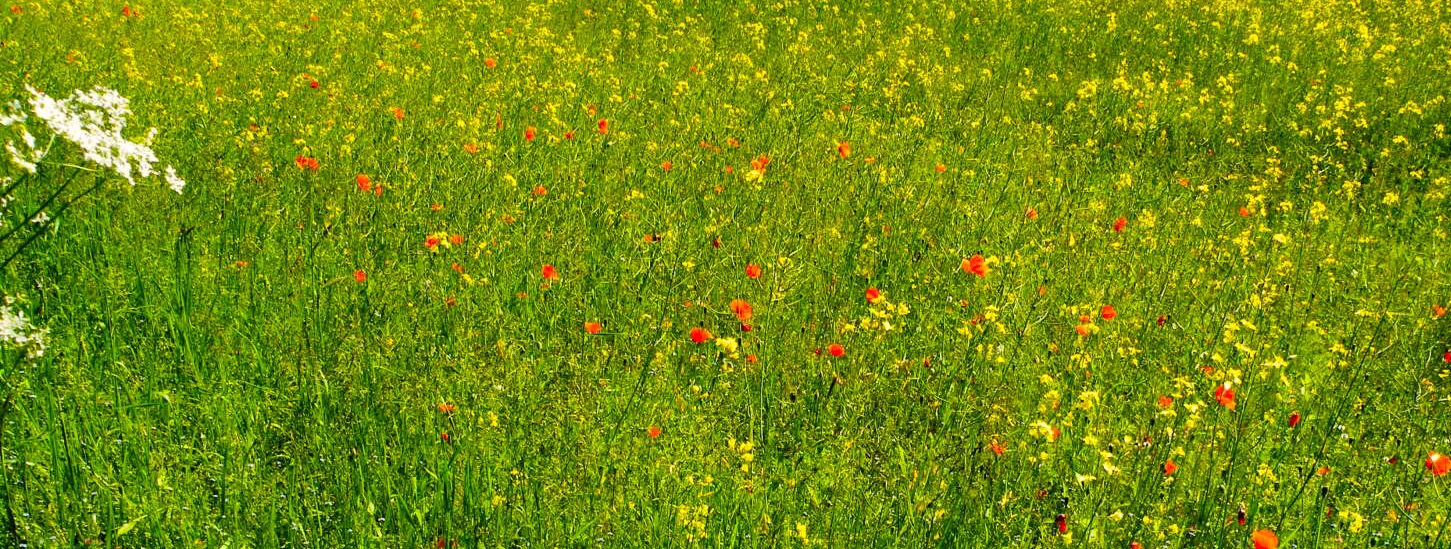LITTLE ROCK – The Conservation Reserve Program, administered by the U.S. Department of Agriculture’s Farm Services Agency, is currently accepting applications for grass covered fields. The fields could be converted into prime habitat for turkey, quail, monarch butterflies, pollinators, deer and several other wildlife species.
Mike Budd, a biologist with the Partners for Fish and Wildlife Program, says this time of year really underscores the need for fields full of flowers versus fields that are kept mowed. “The monarch butterfly is slowly working its way to Mexico where it will overwinter. Along its journey, the monarch needs to stop and fuel up by drinking nectar provided by wildflowers. The Conservation Reserve Program is a great opportunity to provide the monarch butterfly, and other pollinators, a seat at the dinner table while also putting money in the landowner’s pocket,†Budd says. “These restored sites also make for exceptional hunting leases, further adding value to the land,†he added.
The current sign-up lasts until Nov. 20 and the program is competitive. Larger fields in areas that were historically native prairie should compete well.
Bill Holiman, with the Arkansas Natural Heritage Commission, says there are several tracts of high quality, tall grass prairie remnants in Franklin and Sebastian counties that would benefit from the program. “This area likely supports a large number of quail and other grassland associated wildlife species,†he said. There are other parts of Arkansas that are prime for conversion, such as the Blackland Prairie region of southwest Arkansas.
Jason Milks of The Nature Conservancy said that Clark, Hempstead and Nevada counties were in large part historically prairie. “Through this program, we can restore those prairies and increase the numbers of wildlife species associated with them,†he said. The counties where this practice is being targeted include Arkansas, Benton, Boone, Clark, Franklin, Hempstead, Howard, Lonoke, Prairie, Sebastian and Washington.
The program offers a 10 to 15-year contract with annual rental payments that are no more than 75 percent of the grazing value of the land, according to Diana Colvard with the Farm Services Agency. “This can range anywhere from $15 to $23 per acre depending on the county,†she said. There are several partnering groups and agencies that will help bring the site back to life. Cost-share for the restoration is not available through CRP, but agencies such as the US Fish and Wildlife Service have programs available for private landowners.
Joe Krystofik, State Coordinator for the Partners for Fish and Wildlife Program, says that the Partners Program will work with private landowners to eliminate existing sod-forming grasses and to establish native grasses and wildflowers. “This new CRP Grassland program presents a great opportunity to put more wildlife habitat on the ground and boost populations of quail and turkey, which everyone love,†Krystofik says. “Our program is competitive, so we are interested in projects that are at least 20 acres in size, though 5 or 10 acres next to an AGFC wildlife management area could still rank high,†he added.
To get started, visit your county Farm Service Agency office and fill out an application. If you’re interested in converting fields to wildlife habitat, contact Mike Budd for land in south Arkansas at 870-940-0681 or Joe Krystofik for land in north Arkansas at 501-513-4479.
